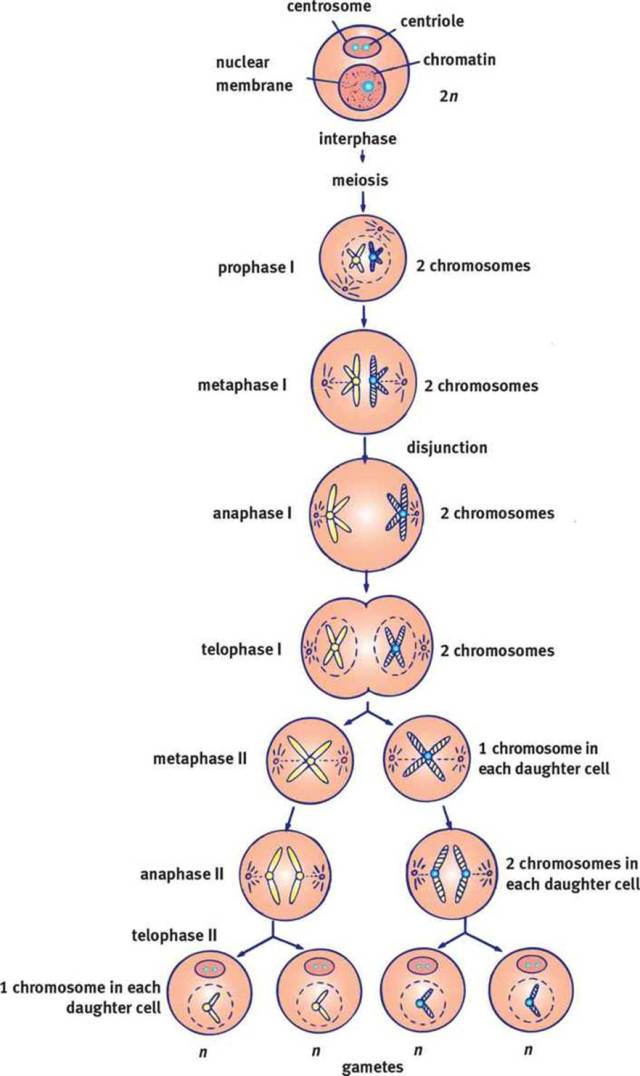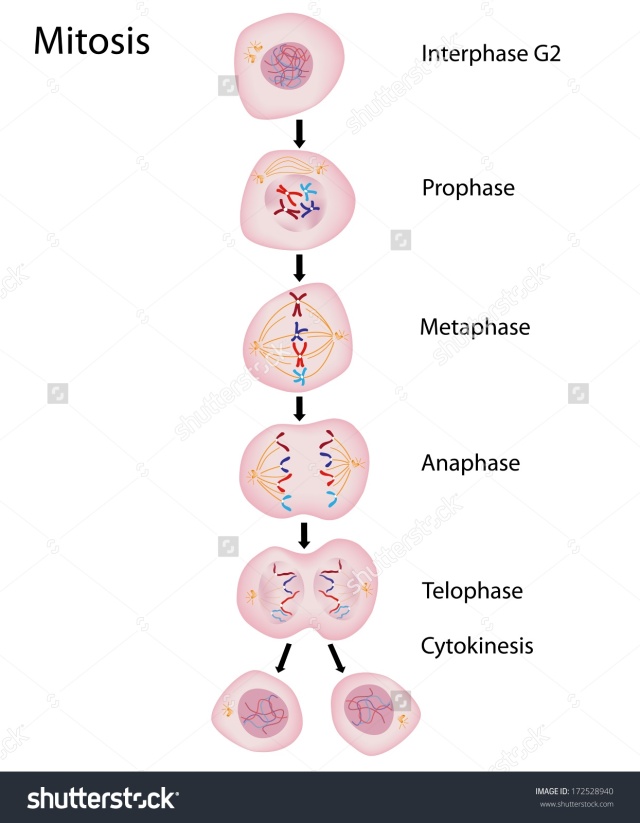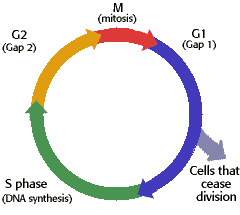1. How does meiosis differ from mitosis? What is the ploidy number of the products in both processes?
Meiosis is a type of cell division that splits the number of chromosomes in half and results in four haploid cells.

Mitosis is asexual reproduction that results in two identical cells as the first diploid.

They differ in the cells that are produced and how they are produced. Meiosis splits chromosomes and divides it between four haploids well mitosis replicates the same chromosomes and DNA and splits into two identical diploids.
2. What is non disjunction? Give an example.
Non disjunction occurs when chromosomes don’t separate correctly during meiosis. This occurs either during Meiosis one or Meiosis two and it may result in too few or too many chromosomes in the gamates. A baby with an unusual number of chromosomes in its cells could happen and that can lead to a baby with Down Syndrome, or other developmental issues.
3. Compare contrast asexual vs sexual reproduction. Describe pros and cons of each.
Asexual reproduction only uses one organism so there is no mixing of chromosomes so the babies are genetically identical. An advantage is it is faster that sexual reproduction in most cases. However with asexual reproduction there is no genetic diversity and can make populations susceptible to disease and things like that.
Sexual reproduction uses two partners so there is mixing between the chromosomes and DNA. Organisms produced through sexual reproduction will have a better chance at survival and adapt better to the environment because natural selection and evolution and that stuff. The down side is it can take a while, like some weird creatures it can take up to 9 months like thats bazar.
4. Describe what you learned in class on Thursday either about Molly or about chimeras.
In class on Thursday we learned about Molly. Molly was a girl that was born with both her parents recessive genes and had issues with producing blood cells, they where shaped improperly, so had oxygen deficiency (issue with chromosome 6). She also needed a bone marrow transplant. She needed a donor but it was going to be extremely hard to find someone with identical DNA and genes so they genetically made a little baby that could provide bone marrow for Molly. It was a success. So now there is a little test tube baby walking around and living and Molly is fine.


